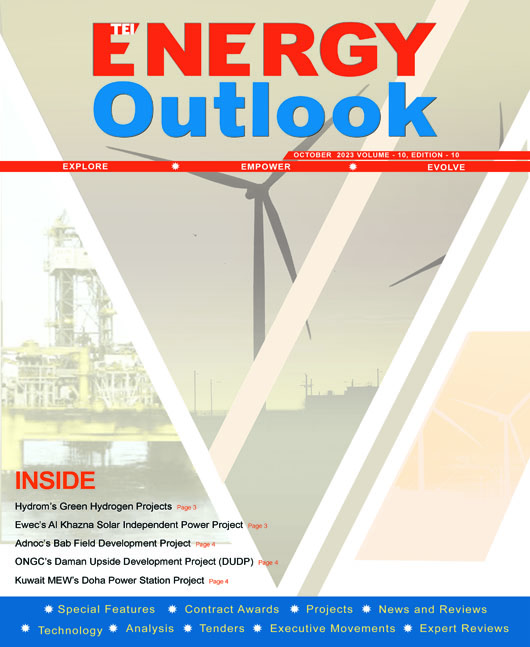
Oman’s Energy Transition Growth
Oman moves ahead with energy transition plans and looks to diversify away from being reliant on its reserves of unrefined hydrocarbons. The growing emphasis on renewable energy, energy efficiency, and alternative energy sources, such as solar power and hydrogen, is expected to reshape the sultanate’s energy landscape in the coming years.
Compared with its neighbours in the GCC, Oman has a small projects market. It, however, offers significant investment opportunities across construction, oil and gas, transport, power and water sectors. Currently, the country has more than $190bn worth of projects planned or underway.
The power and energy industry is experiencing a remarkable transformation, driven by the ever-changing dynamics of the global landscape. The Omani government aims to achieve 10% of the country’s total power generation capacity from renewables by 2025. This is a significant increase from the current levels, which stand at less than 1%.
Oman has vast desert landscapes and abundant sunlight. The country ranks 1st in MENA region and 11th worldwide with an impressive prospective solar capacity of 18,349 MW, accounting for 1.55% of the global total capacity. It has four operating solar farms, three under construction, twelve in the pre-construction stage, and two announced projects.
Oman's flagship renewable energy project is the 500 MW Ibri Solar Power Complex. Situated in Al Dhahirah Governorate, the project powers approximately 33,000 homes and offset millions of tonnes of carbon emissions annually. Also, under implementation is a pair of IPPs at Manah that will add 1,000 MW of new solar capacity when operational in 2025.
Nama Power & Water Procurement Company (Nama PWP), which is responsible for purchasing power and water in Oman, has announced plans to procure a new large-scale solar PV Independent Power Project (IPP) by 2029 with a capacity of 1,000 MW. This is in addition to a flurry of wind-based IPPs with a total capacity of over 1,000 MW distributed across the governorates of North and South Sharqiyah, Al Wusta and Dhofar.
Taken together, Oman’s solar and wind based generation capacity is projected to rise to around 4,300 MW by 2029, with a further boost of around 140 MW coming from a proposed Waste to Energy (WTE) project due to come into operation at Barka in 2028.
Oman’s energy sector is primarily driven by oil and gas production, which account for about 30% of GDP. The country's daily average production stood at 1.054 million barrels, demonstrating its continued commitment to meeting global demand for oil.
OQ Alternative Energy, the green energy investment unit of OQ Group, is working on developing a portfolio of renewable energy projects with a total capacity of around 2 GW to support the clean energy needs of oil and gas operators and Oman’s industrial clusters.
OQ’s strategic investments in green hydrogen projects – valued at around $40bn – powered by around 30 GW of renewable capacity will account for a sizable proportion of Oman’s targeted annual production of 1mn-1.25mn tonnes of green hydrogen by 2030. The country is targeting to produce 8mn tonnes per year of green hydrogen by 2050 with an estimated investment of $140bn. This goal would achieve revenue of about $20bn-22bn, which is roughly equivalent to the country’s current revenue from oil and gas.
The future of Oman’s energy market looks promising. It is undergoing wide-ranging reforms and strategic changes to accelerate private sector growth and enhance resilience. Openness to international businesses and its diplomatic efforts promise to significantly boost the country’s energy sector.
Editor